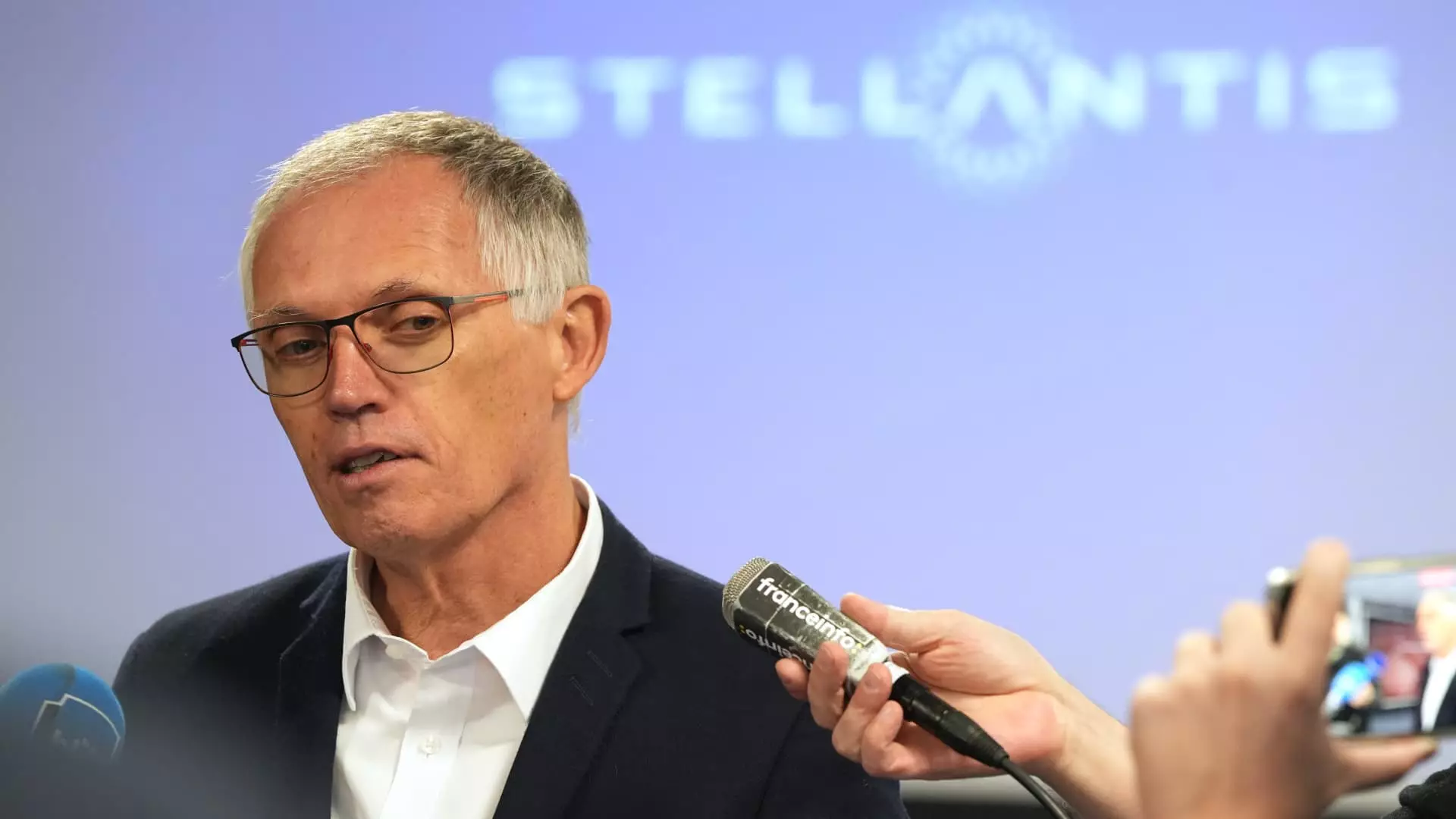Conflict Escalates: Stellantis vs. United Auto Workers in a Legal Showdown

In a significant escalation of tensions, Stellantis, the multinational automotive manufacturer, has initiated legal proceedings against the United Auto Workers (UAW) union and a local chapter in California. This lawsuit, which stems from a long-standing conflict over labor practices, highlights the growing discord between corporate management and labor unions in the American automotive sector. The suit comes on the heels of a strike authorization request by UAW members at Stellantis’ Los Angeles Parts Distribution Center, showcasing the precarious relationship between the parties involved.
Stellantis is framing its legal action as a necessary response to what it perceives as an unlawful strike that could disrupt production and result in significant financial losses. According to Tobin Williams, Stellantis’ senior vice president for North American human resources, the company aims to seek damages for revenue lost due to potential strikes, asserting that both the national and local UAW chapters are liable for the consequences stemming from these labor actions. This legal maneuver indicates a broader strategy by Stellantis to maintain operational stability amid heightened labor unrest.
The lawsuit argues that the union’s actions violate contractual agreements established between Stellantis and the UAW. These claims are rooted in allegations that Stellantis has been operating outside the bounds of the contract that was negotiated late last year. Stellantis asserts that the terms of this contract allow for fluctuations in operational priorities based on market conditions, which forms the crux of its defense.
In sharp contrast, UAW President Shawn Fain has labeled Stellantis’ lawsuit as a “desperate action” indicative of poor leadership. He has emphasized that the union’s legal team firmly believes in their right to strike as a legitimate form of labor protest. This clash over legality reveals a fundamental difference in interpretation of labor rights and corporate contractual obligations. Fain’s comments reflect an underlying belief that Stellantis’ legal threats are intended to intimidate union members into submission, rather than representing a genuine effort to uphold contractual integrity.
Furthermore, Fain has made it clear that the UAW is prepared to take a stand if necessary. He has articulated that union members are fighting for their rights and are not willing to back down in the face of corporate legal threats. The willingness to strike is indicative of a broader movement within labor organizations, where workers increasingly assert their needs against perceived corporate overreach or negligence.
Underlying Issues: The Broader Context
This legal battle does not exist in a vacuum. It symbolizes the broader issues at play within the automotive industry and represents a significant moment for labor relations in the United States. Since the announcement of Stellantis’ restructuring and production cuts, which have included layoffs and delayed investments, tensions have grown palpably among the workforce. UAW leaders argue that such cuts violate the spirit of contract agreements, which were meant to provide job security and investment assurances to workers.
Moreover, the conflict raises important questions about corporate accountability in the wake of such restructuring. As unions like the UAW mobilize and rally for their rights, the automotive sector is witnessing a renewed interest in labor rights advocacy. The tensions between Stellantis and the UAW suggest that worker solidarity may be gaining traction as labor organizations look to challenge corporate tactics that undermine their bargaining power.
The unfolding legal drama between Stellantis and the UAW represents a critical moment in labor relations not just within the automotive industry but across American industries at large. As the lawsuit progresses, it will likely shape the narrative surrounding labor rights and corporate power dynamics. The coming weeks will be crucial in determining whether Stellantis can regain control of the situation through legal channels or if the UAW’s resolve will lead to a resurgence in labor activism, potentially redefining the landscape for workers’ rights in the decades to come. The outcome of this battle could very well influence labor negotiations nationwide as unions continue to seek an equitable representation for their members in a rapidly evolving economic environment.





